Born in 1974 in Pavia, Laura Altobelli grew up immersed in the art surrounding her. Through dedicated studies, she earned two scholarships in restoration and fresco techniques. Specializing as an interior designer, she also obtained a management degree in Cultural Heritage.
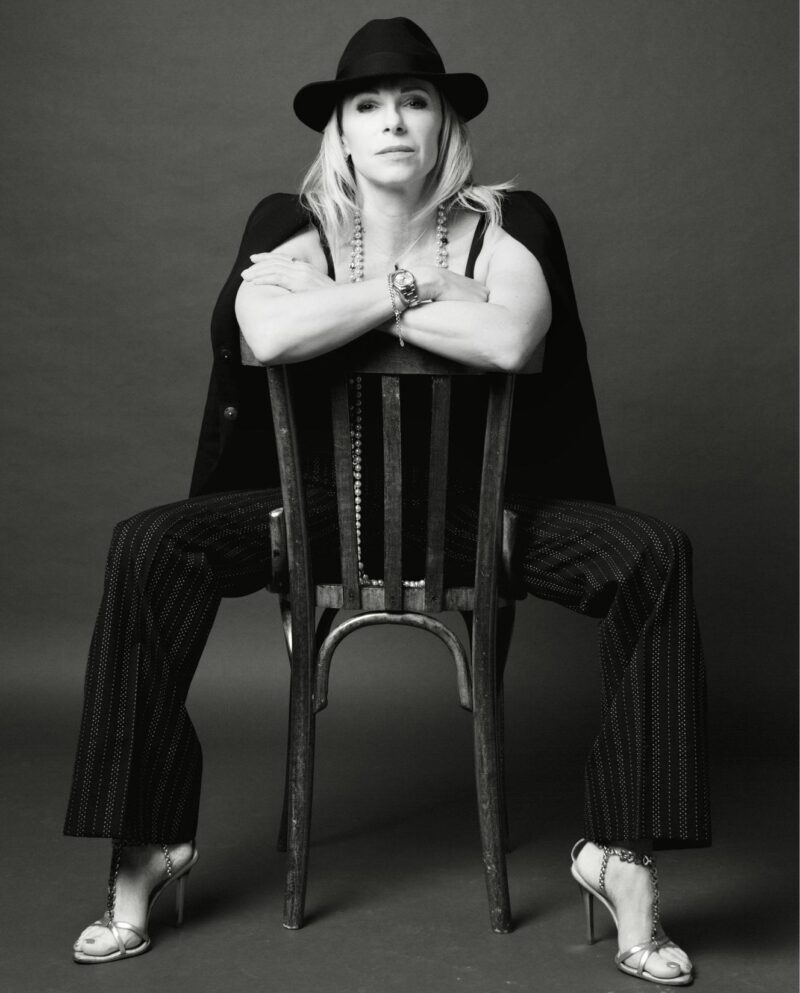
For several years in Milan, she worked as an interior designer for globally renowned brands. In 2014, she returned to her hometown, Pavia, where she revolutionized the appearance and marketing of a prestigious furniture store as the art director. She exhibited some of her works in the showroom more for decoration than personal profit. The unexpected result was a heightened ambience in the furniture store, evoking a sense of familiarity and affection in visitors. A home needs furniture to contain objects, beds, sofas, and chairs for physical rest, but it also needs art to nourish the soul.
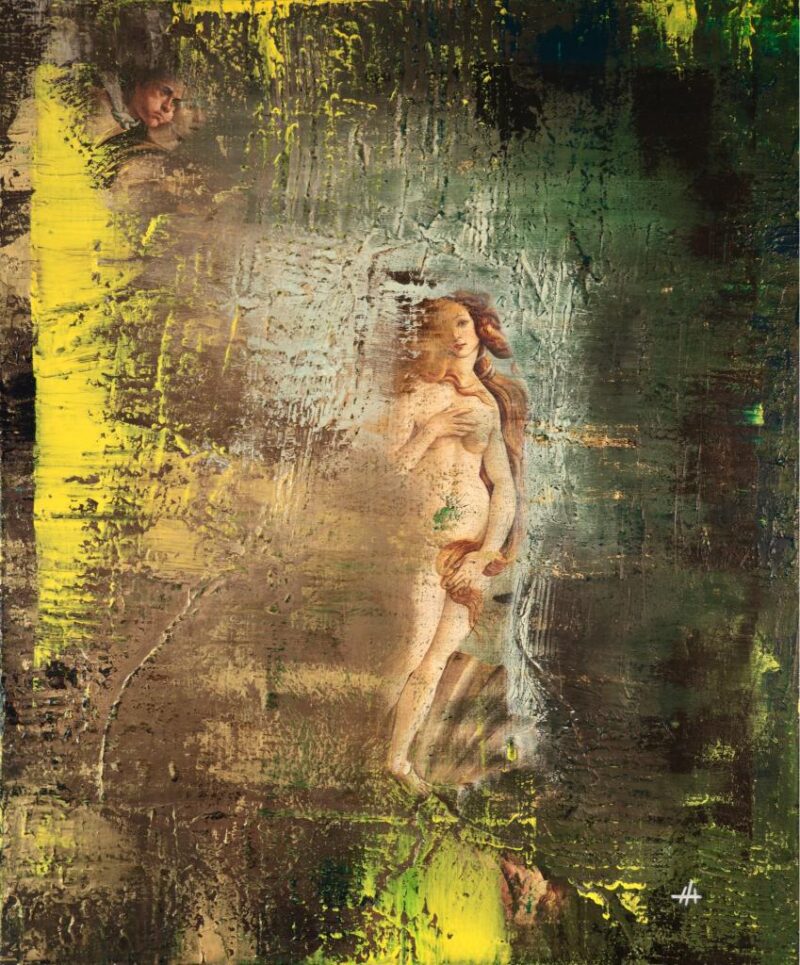
Laura’s art has taken flight, showcasing in various group exhibitions in Italy and abroad. She has received recognition for the naturalness of her creations, a testament to her skills. As a restorer, she developed a meditative attitude and a predisposition to patience. As a fresco painter, she refined a technique demanding clarity and swift execution. Art became her sole professional commitment. Being a draftsman, painter, and restorer allows her to understand the material she shapes intimately; the colours she creates result from research and the studies of artists who revolutionized art history. Like many others, the essence of Caravaggio’s soul is internalized within the artist.
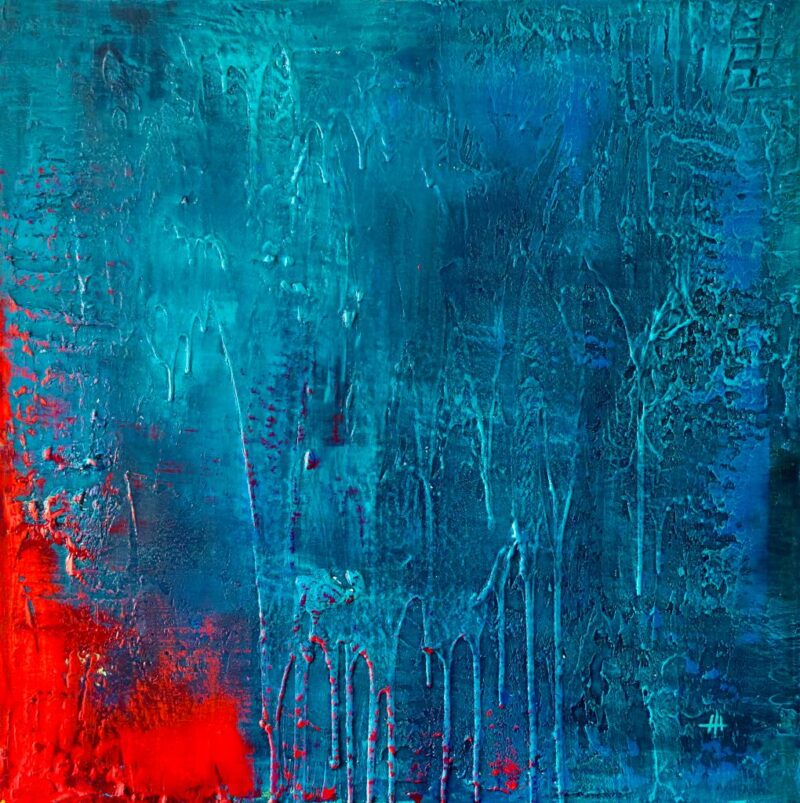
Laura dares to experiment and embraces various expressive forms, techniques, and styles. Mastery of various techniques, such as the challenging application of gold leaf and bronze leaf, makes her an eclectic artist unbound by a single artistic style. She invents the series of Hybrids, blending Renaissance mannerism with contemporary abstraction. While in the past, through restoration, she brought back ancient forms and lost colours, today, with her art, she covers classical icons with colours and shapes, revealing their most essential emblems. The emotional recovery of classical art occurs by covering, not uncovering, the work, following a reverse process compared to restoration.
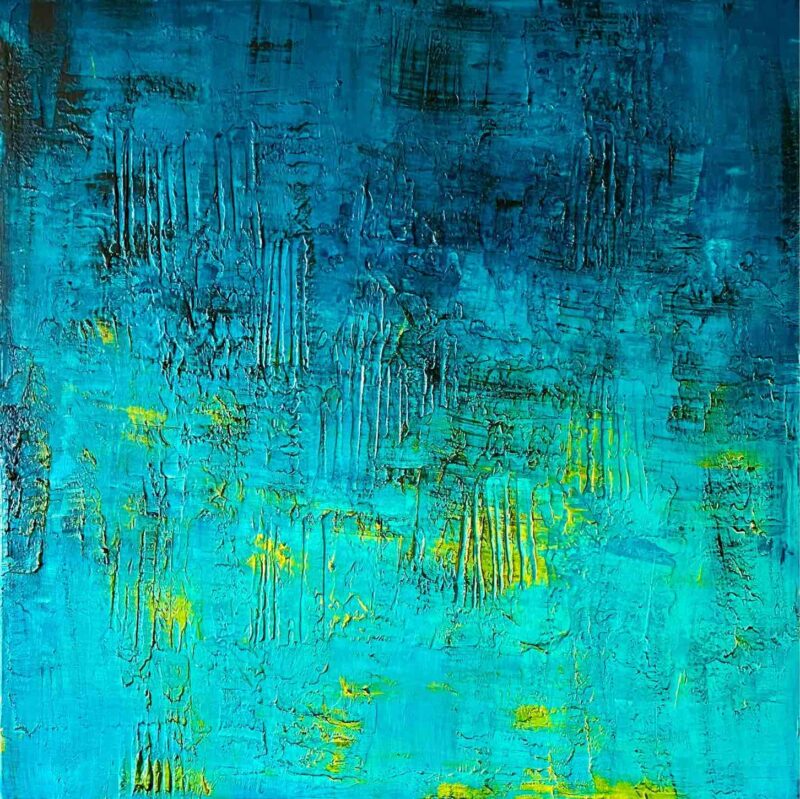
Today, the artist identifies with an informal gestural expression where the sign synthesises a perfect compromise between technique and material, the ultimate term that constitutes the gesture. Even the artist’s signature is a distinct mark, reminiscent of the primitive counting of early humans who learned to distinguish seasons or the marks etched on prison walls. Notches mark the days spent atoning for a punishment, erasing a fault. Thus, art assumes its cathartic role, allowing the artist to transform visions into intelligible objects. This maturity has made her a protagonist in Italy at the Milan Biennale and later in France at the BACS, the Biennale of Contemporary Sacred Art in Menton.
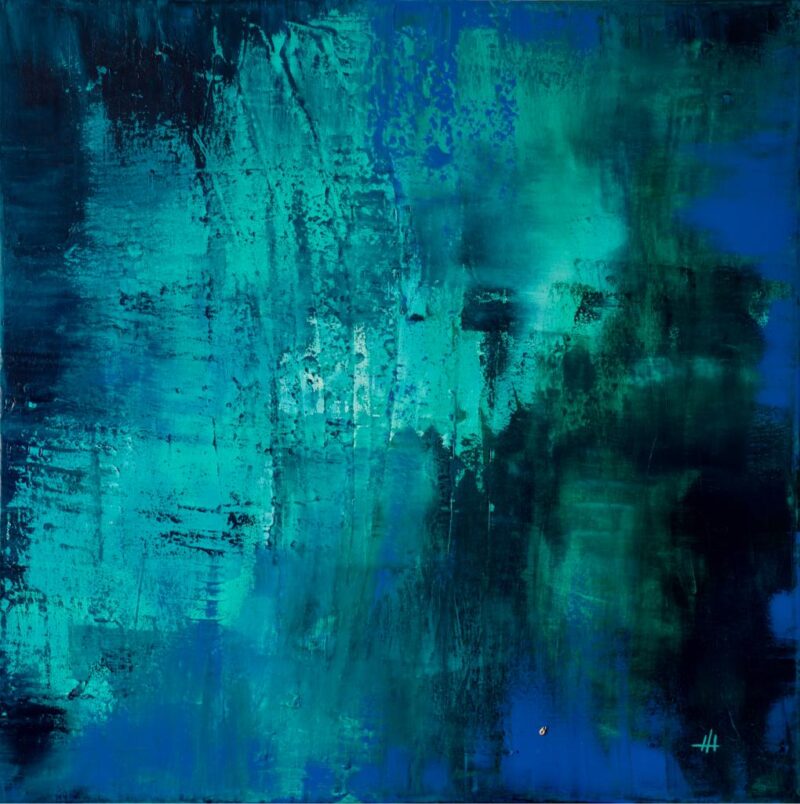
The artist has also exhibited in Brazil, in São Paulo, at the prestigious Marcelo Neves art Gallery, for the QIAF. She was in Qatar for the International Art Festival, but her works continue to travel worldwide thanks to a broad audience of prestigious buyers. Laura Altobelli’s interior design is the fusion of her educational and professional experiences. The works are conceived in space, reminiscent of the Renaissance when the viewer’s perspective, the placement of the work in that specific site, height, and lighting were emphasized. Laura makes each work unique by not confining it within the boundaries of a frame but within the spaces of the observer’s soul.
Art is a necessity, and Laura Altobelli’s need is to connect us with what we cannot be on this earth.
Enjoy even more @ lauraaltobelliartist.com
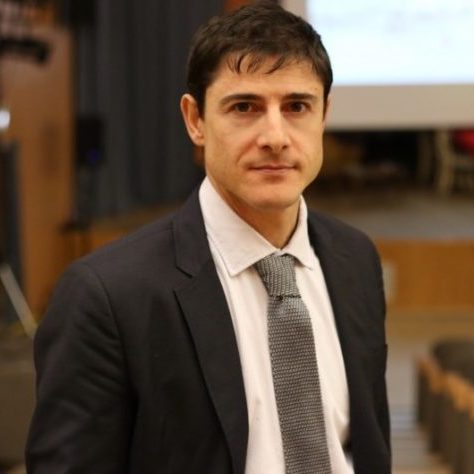
Article edited by Prof. Luca Caricato
Luca Caricato – The World of Art
Leonardo Da Vinci Scholar
Art Historian – Art Expert

